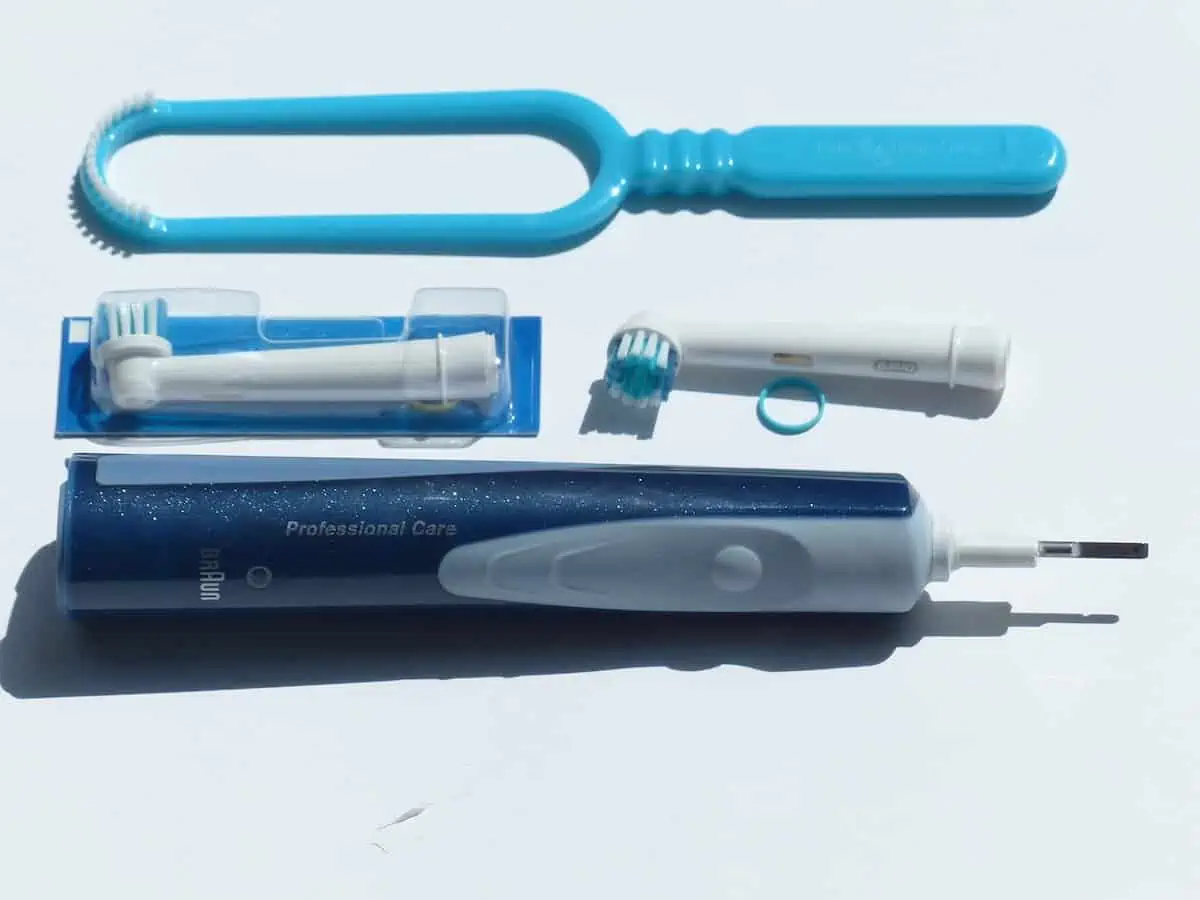Maintaining good oral hygiene is essential for overall health, and a crucial aspect of oral care is selecting the right toothbrush. With an array of options available, choosing between an electric toothbrush and a manual toothbrush can be a perplexing decision.
Understanding the benefits and considerations of each type can help you make an informed choice that best suits your dental needs and preferences.
In this article, we will explore the differences between electric and manual toothbrushes to help you find the best toothbrush that suits your unique dental requirements. While we explore the benefits of both types, the focus will be on understanding which toothbrush is ideal for your oral health.
The Pros and Cons of Electric Toothbrushes
Electric toothbrushes have gained popularity in recent years due to their advanced features and effectiveness in plaque removal. These toothbrushes come with rotating or vibrating bristles that mimic the motion of brushing, making them highly efficient at cleaning teeth and gums.
Some electric toothbrushes also feature timers and pressure sensors to ensure that you brush for the recommended two minutes and avoid excessive force on your teeth. Each type has its merits so read the toothbrush manual carefully, they are all catering to different preferences and needs.
Pros:
Efficient plaque removal: The rotating or vibrating bristles of electric toothbrushes can be highly effective in cleaning hard-to-reach areas and removing plaque.
Built-in timers: Many electric toothbrushes have timers to help ensure you brush for the dentist-recommended two minutes.
Pressure sensors: Some electric toothbrushes come with pressure sensors to prevent excessive force on teeth and gums.
Cons:
Cost: Electric toothbrushes tend to be more expensive than manual toothbrushes.
Battery or charging requirements: Electric toothbrushes need to be charged or require batteries, which may be less convenient for some users, especially during travel.
The Advantages and Limitations of Manual Toothbrushes
Manual toothbrushes have been a staple in oral care for decades and remain a popular choice for many individuals. These toothbrushes offer simplicity and affordability, making them easily accessible to all. Manual toothbrushes come in various sizes, shapes, and bristle types, allowing you to select the one that best fits your mouth and brushing style.
Pros:
Affordability: Manual toothbrushes are generally more budget-friendly than electric toothbrushes.
Portable: Manual toothbrushes are easy to carry and do not require charging or batteries, making them convenient for travel.
Cons:
Requires manual effort: Manual toothbrushes rely on the user’s brushing technique and may not provide the same level of cleaning as electric toothbrushes for some individuals.
Limited features: Manual toothbrushes do not have built-in timers or pressure sensors, which may make it challenging to ensure proper brushing time and pressure.
Specialized Electric Toothbrush Features for Specific Dental Needs
Electric toothbrushes offer a range of specialized features designed to cater to specific dental needs. In this chapter, we explore how electric toothbrushes with sensitive mode or gum care settings can benefit individuals with sensitive teeth or gum issues.
Additionally, we discuss the advantages of using electric toothbrushes with whitening modes for those seeking a brighter smile. Understanding these unique features can help you choose an electric toothbrush that addresses your specific dental concerns.
Manual Toothbrush Bristle Types and Choosing the Right One
Manual toothbrushes come in various bristle types, such as soft, medium, and hard bristles. In this chapter, we delve into the importance of selecting the right bristle type based on your oral health needs and sensitivities.
We explore how soft bristles are gentle on the gums, medium bristles strike a balance between cleaning effectiveness and gum protection, and hard bristles may be suitable for individuals with specific dental conditions. Understanding the distinctions between bristle types empowers you to make an informed choice for your manual toothbrush.
The Role of Technique in Manual Toothbrush Effectiveness
While electric toothbrushes provide rotating or vibrating motions for effective cleaning, the manual toothbrush’s efficacy depends on the user’s brushing technique. In this chapter, we provide a comprehensive guide on the best brushing techniques for manual toothbrushes.
Proper brushing methods, such as the modified Bass technique or the circular motion technique, can ensure thorough plaque removal and optimal oral hygiene, even with a manual toothbrush.
Combining the Best of Both Worlds: Electric Toothbrush with Manual Capabilities
Some toothbrush models offer a unique hybrid approach, combining the benefits of both electric and manual toothbrushes. In this final chapter, we explore these innovative toothbrushes that allow users to switch between electric and manual modes.
We discuss the advantages of this hybrid design, which may appeal to individuals who prefer the feel of a manual toothbrush while still desiring the advanced features of an electric toothbrush. Understanding this hybrid option can provide you with additional flexibility in tailoring your toothbrush experience to suit your oral care needs.
Conclusion
The choice between an electric toothbrush and a manual toothbrush ultimately depends on your individual dental needs and preferences. Electric toothbrushes are ideal for individuals seeking an efficient and thorough cleaning experience, while manual toothbrushes are an accessible and affordable option.
Consider factors such as cost, convenience, and your brushing habits when making your decision. Regardless of the type of toothbrush you choose, the most important aspect of oral care is regular and thorough brushing, along with regular visits to the dentist for check-ups and professional cleanings.
A well-informed decision will help you find the best toothbrush that aligns with your oral health goals, ensuring a confident and radiant smile for years to come.

